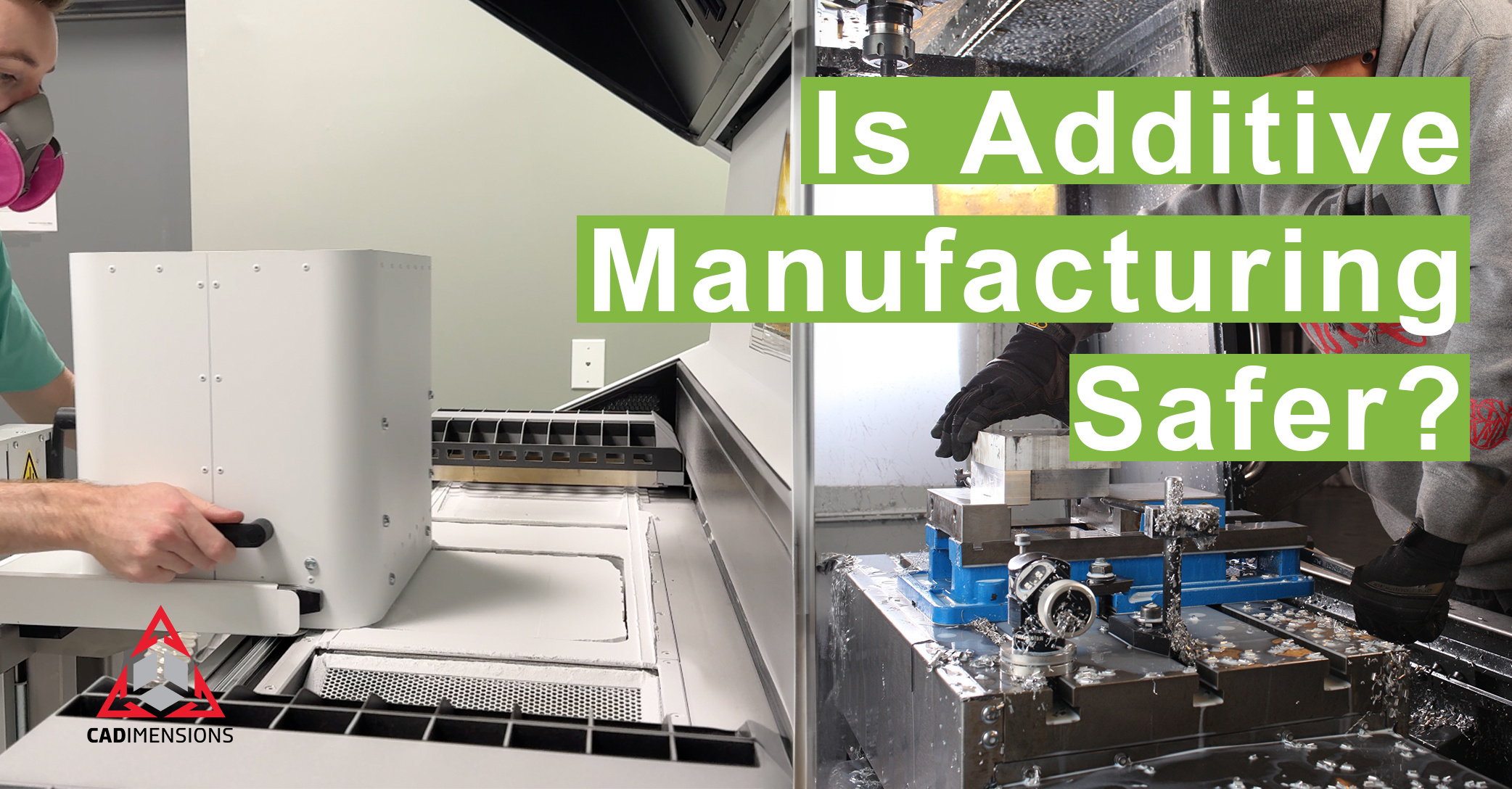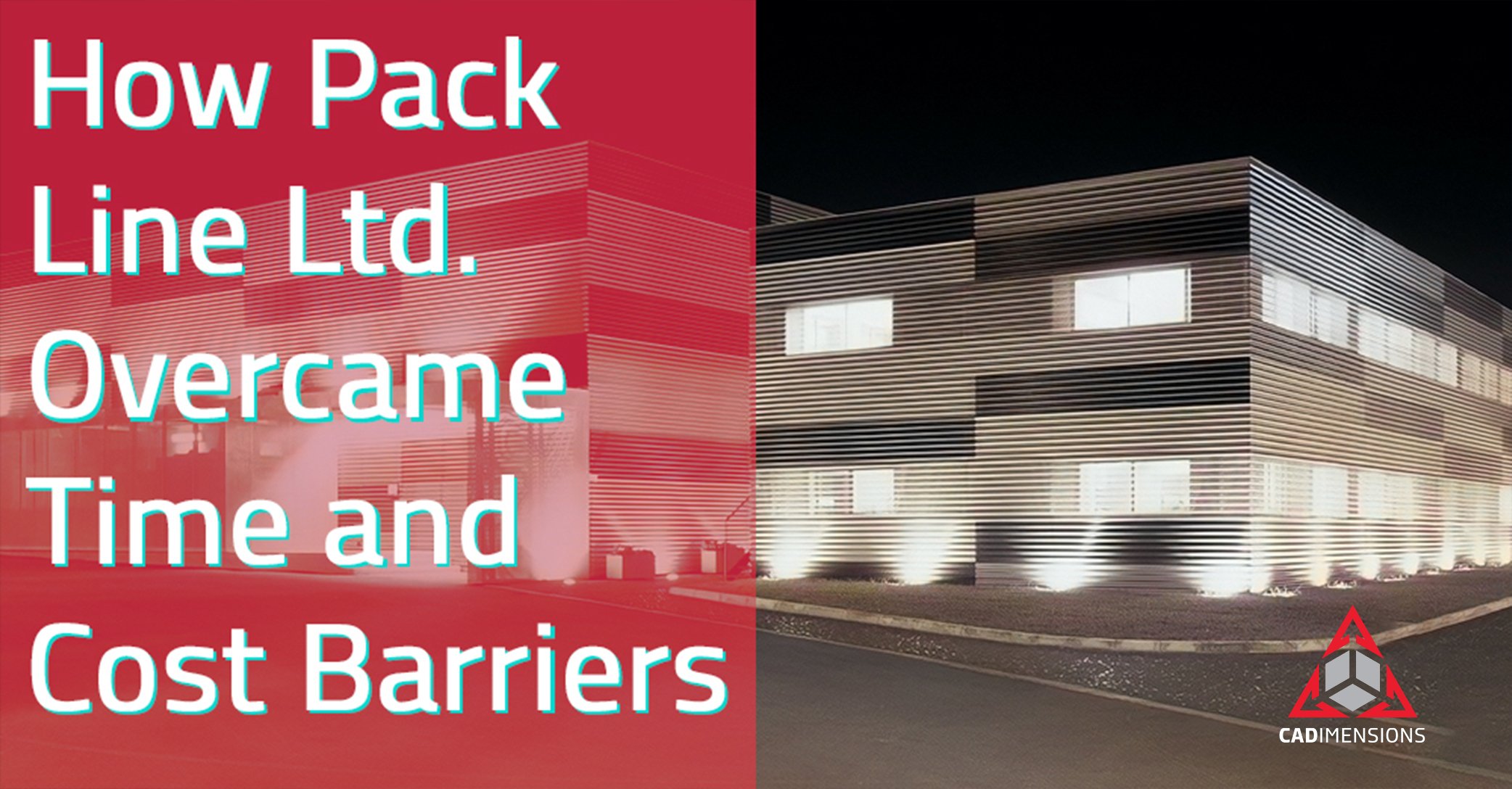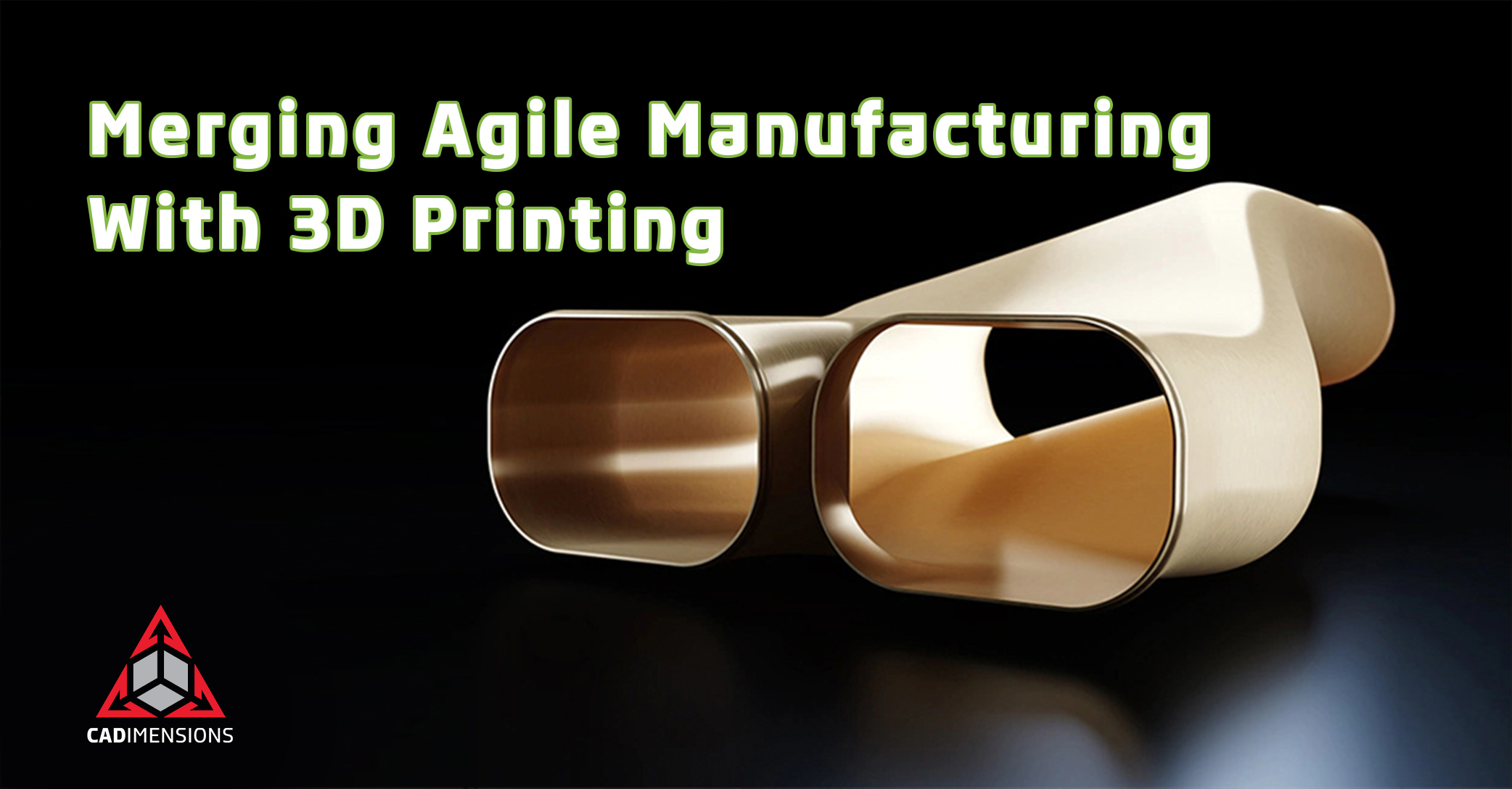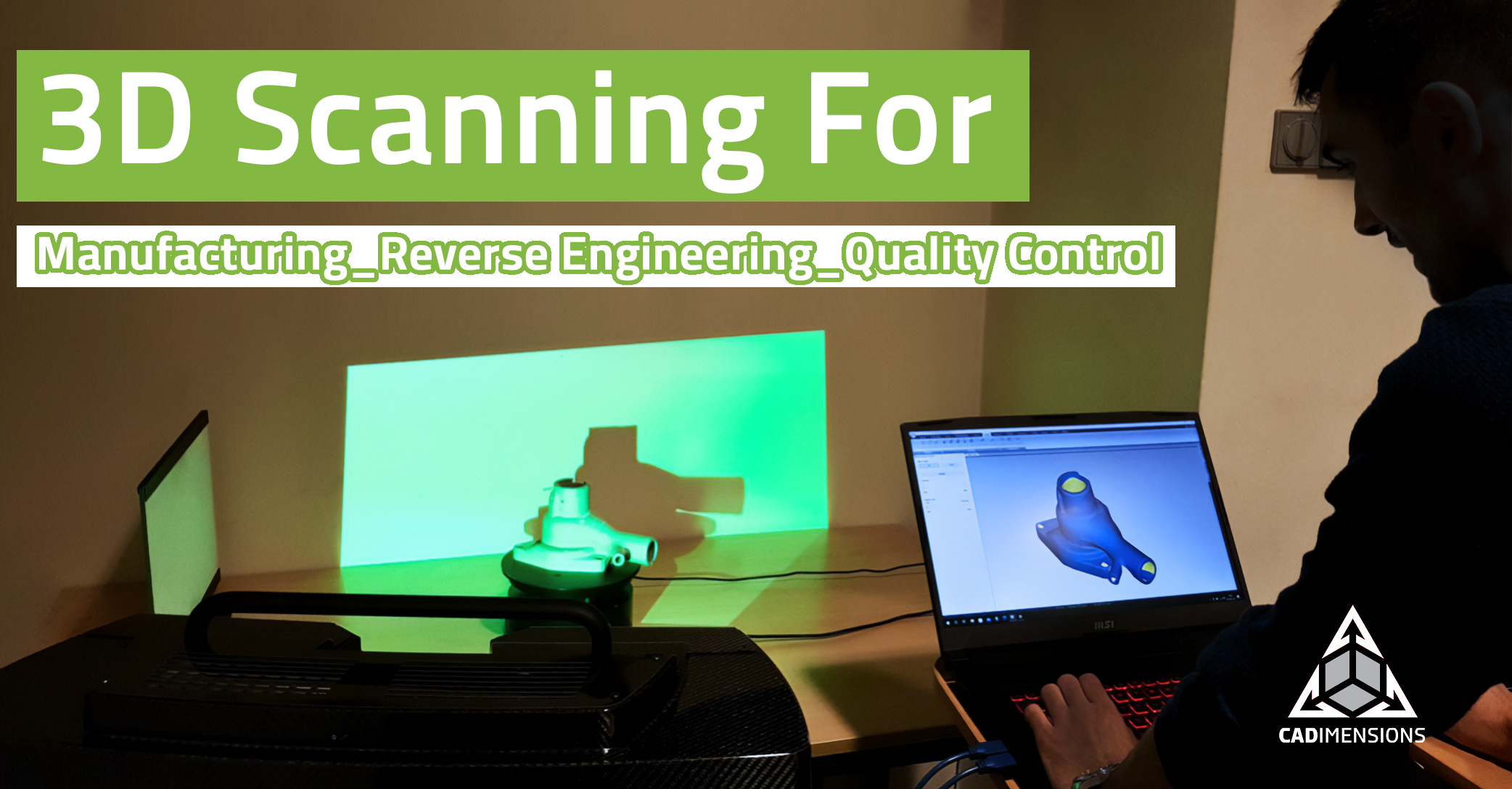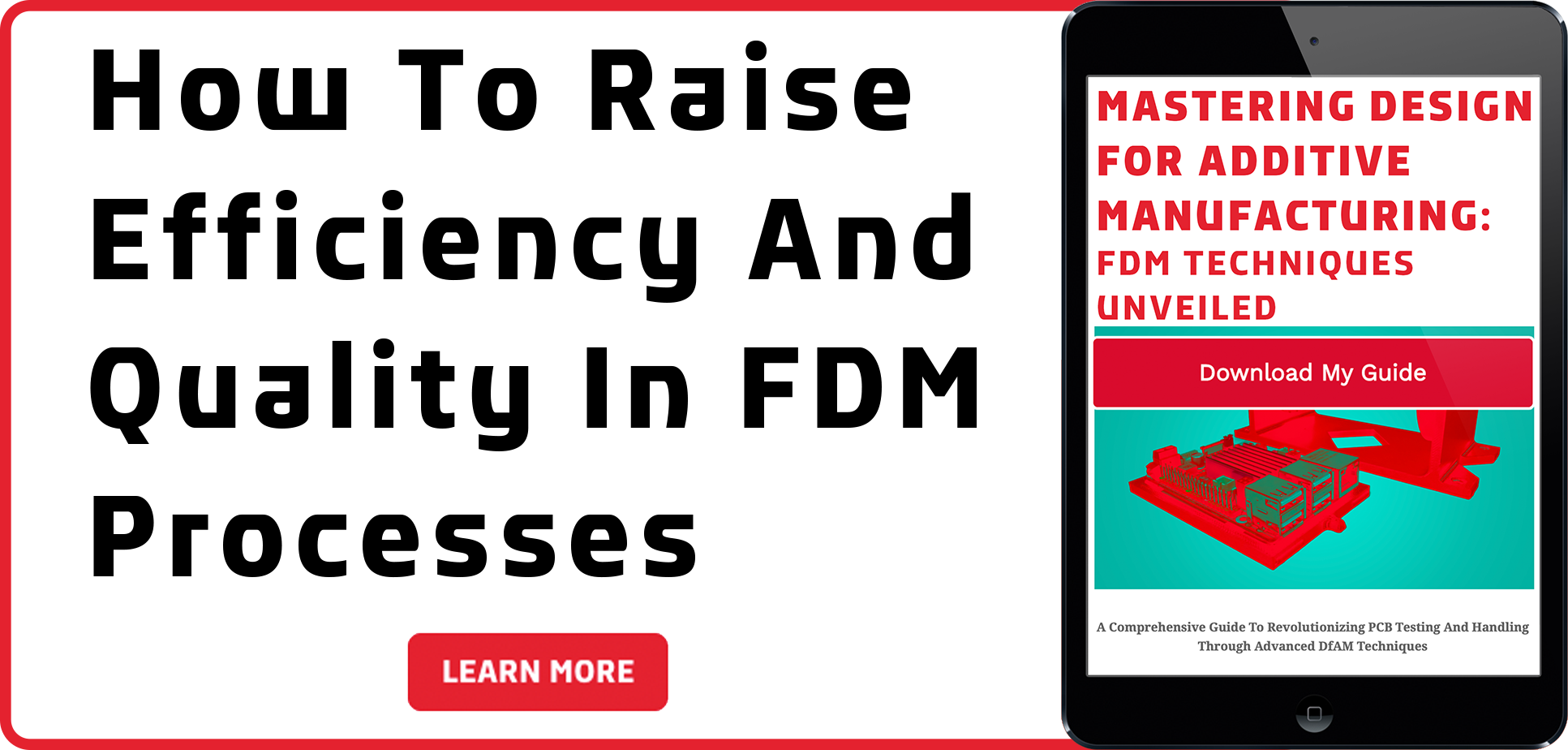Agile Manufacturing and Its Beneficial Role in Manufacturing and Engineering
In today’s rapidly changing landscape, organizations must look for ways to keep up with the market and evolve along with it. When speed and efficiency are of the essence, product development teams must be flexible and adaptable. That’s where agile manufacturing comes into play, to help teams engineer and produce better products— faster.
What Is Agile Manufacturing?
Agile is a methodology, first and foremost. A group of software developers who were looking for solutions to the traditional development process created the Agile Manifesto. It outlines the values and principles that guide the agile methodology to this day.
In terms of engineering, agile manufacturing optimizes the sequential nature of the product development process to provide premium customer value. Agile manufacturing also focuses on reducing work batch sizes and the number of work-related deliveries.
This allows teams to collect quick feedback while the product is still in a rough state, keep things moving, and reduce potential costs associated with change.
We are uncovering better ways of developing software by doing it and helping others do it. Through this work we have come to value: Individuals and interactions over processes and tools Working software over comprehensive documentation Customer collaboration over contract negotiation Responding to change over following a plan That is, while there is value in the items on the right, we value the items on the left more.
agilemanifesto.org
How Agile Manufacturing Benefits Engineering and Manufacturing
Though the product development process is typically linear, implementing agile practices can help straighten that line, so to speak. Agile helps your development process become more adaptive and flexible to changing requirements while solving a few problems: long lead times, cloudy work processes, and communication gaps.
Earlier Value Delivery
The traditional product development process is not optimized for quick market delivery. Agile manufacturing reduces batch sizes to deliver results earlier in the process. This is achieved by first producing prototypes and gathering immediate feedback. The introduction of 3D printing makes this possible under the agile method, enabling teams to do rapid prototyping during the design phase.
Improved Engineering and Manufacturing Workflows
Creating complex parts involves many risks, from product failure to unnecessary sunk costs. It also involves a lot of moving parts to get from point A to point D. As a result, many companies struggle with creating sustainable workflows that are also adaptable and flexible to change.
Agile steps in here, putting a focus on breaking down workflows into a visual chart. For example, agile helps improve engineering workflows by encouraging teams to map out their workflows on Kanban boards or in a spreadsheet to keep things moving and spot bottlenecks before they arise.
Better Cross-Team and Stakeholder Communication
Communication gaps can hinder product development cycles. Agile fosters cross-team and stakeholder communication via high-level transparency between everyone involved.
Cloud-Based Data Management Can Help With Agile
With just one single platform, you can bring all aspects of your company to the cloud and boost team collaboration, enhance data security, and create unison. The 3DEXPERIENCE Platform is an all-in-one cloud solution that is merely a backbone to build upon.
You customize the platform to work with the tools you love and enhance the processes you run every day. The industries that benefit the most from this cloud business software are design, engineering, governance, simulation, manufacturing, production, marketing, and sales.




